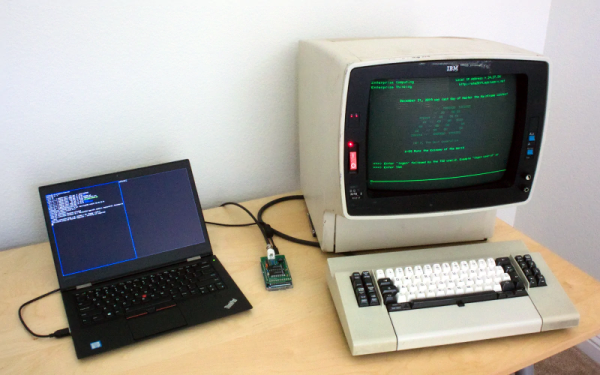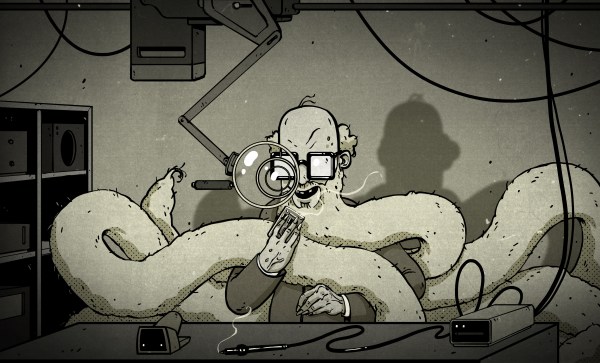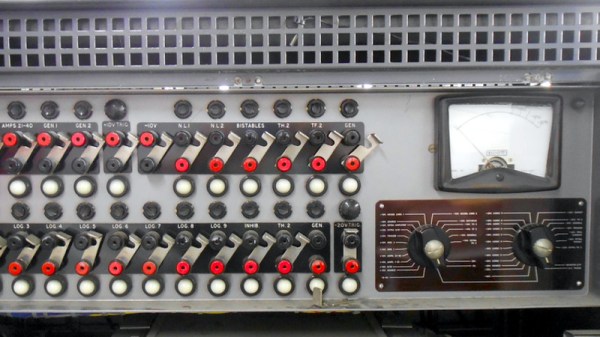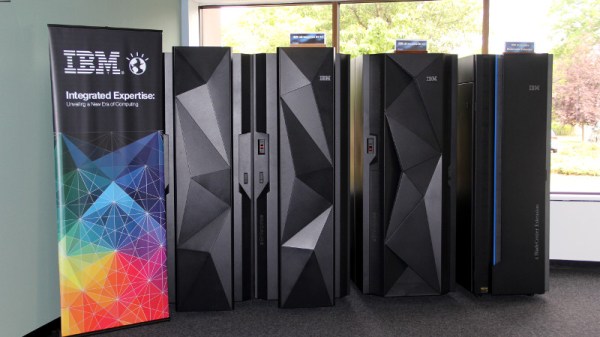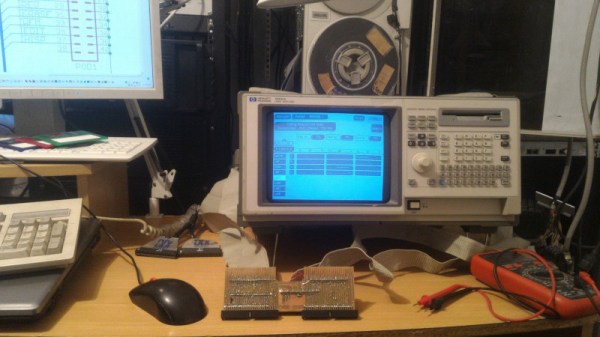We like to talk about how most of our computers today would have been mainframes a scant 40 or 50 years ago. Because of that, many people who want to run IBM mainframes such as the IBM 360 or 370 use the Hercules emulator to run the big iron on their PCs. However, mainframe IBM computers used an odd style of terminal and emulating it on a PC isn’t always as satisfying. At least, that’s what [lowobservable] thought, so he decided to get a 3270 terminal working with Hercules.
Back in the bad old days of computing, there were two main styles of terminals. Some companies, for example DEC, essentially used terminals as a “glass teletype.” That is, the screen was an analog of a roll of paper — more or less — and the keyboard immediately sent things to the remote system. However, companies like IBM and HP favored a different approach. Their terminals dealt with screens full of data. The terminal was smart enough to let you fill in forms, edit text on the screen, and then you’d send the entire screen in one gulp. Both systems had pros and cons, but — as you might expect — the screen-oriented terminals were more complex.

